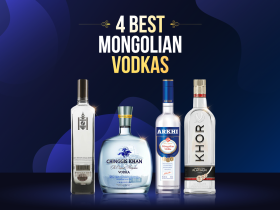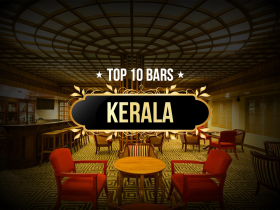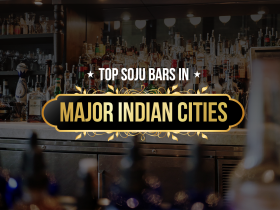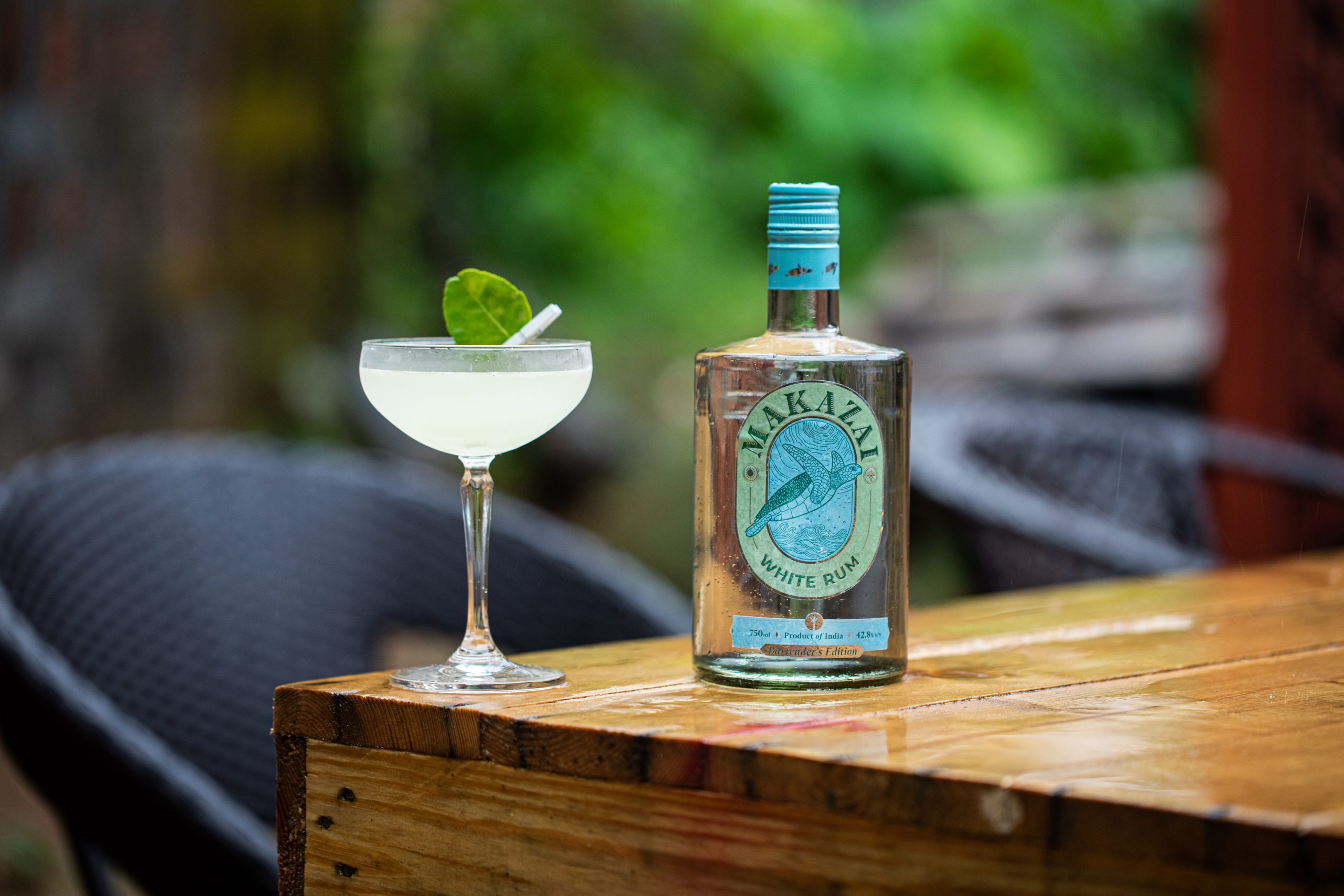As the global spirits market expands, so does curiosity about different types of alcohol. Soju, Korea’s national drink, has recently gained popularity in India. But how does Soju compare to traditional Indian spirits like whiskey, rum, and vodka? In this comparative guide, we’ll explore the unique characteristics, cultural significance, and market presence of Soju versus Indian spirits to help you make an informed choice.
1. Origins and Cultural Significance
- Origin: Soju has a deep-rooted history in Korea, dating back to the 13th century.
- Cultural Role: It is often enjoyed in social settings, symbolizing friendship, and is typically shared with others.
- Popularity: Soju has become a global favorite due to its affordability and relatively low alcohol content, making it versatile for both casual and formal settings.
Indian Spirits
- Origin: India is home to a variety of spirits, from locally brewed toddy to internationally known Indian-made foreign liquor (IMFL) like whiskey and rum.
- Cultural Role: Indian spirits, particularly whiskey, hold a significant place in celebrations, family gatherings, and rituals. Rum and vodka also have loyal followings.
- Popularity: Whiskey is the dominant spirit in India, with rum also being popular, especially in colder regions.
2. Alcohol Content and Flavor Profiles
- Alcohol Content: Typically between 16% and 25%, making it lighter than most spirits.
- Flavor Profile: Soju has a mild, neutral flavor that allows it to blend well with food and cocktails. Modern variants offer flavors like fruit and yogurt to appeal to a wider audience.
Indian Spirits
- Alcohol Content: Whiskey, rum, and vodka generally have a higher alcohol content, around 40% to 45%.
- Flavor Profile:
- Whiskey: Rich and robust, often with notes of spices, oak, and caramel.
- Rum: Sweet and molasses-heavy, with dark rum having deep, caramelized flavors.
- Vodka: Clean, neutral, and often used as a base for cocktails.
3. Versatility and Consumption
- Versatility: Soju can be consumed straight, but it is often used in cocktails or mixed with other beverages like beer or fruit juice. Its lower alcohol content makes it a go-to for social drinking.
- Consumption: In Korea, Soju is traditionally served neat in small glasses. In India, it is becoming increasingly popular in fusion cocktails.
Indian Spirits
- Versatility: Whiskey is often consumed neat or on the rocks, but it also pairs well with soda or water. Rum and vodka are more commonly used in cocktails.
- Consumption: Each spirit has its regional preference. Whiskey dominates in the northern and eastern parts of India, while rum is preferred in the colder regions.
4. Price and Accessibility
- Price: Soju is generally affordable, even for premium brands. In India, the price of a bottle of Soju can range from INR 200 to INR 500, making it accessible to a wide range of consumers.
- Accessibility: While it is not as widely available as Indian spirits, Soju is gaining popularity in metropolitan areas and upscale restaurants and bars.
Indian Spirits
- Price: The price of Indian spirits varies widely, depending on the brand and quality. Premium whiskeys and rums can cost upwards of INR 2,000, while more affordable options are available at around INR 400 to INR 600.
- Accessibility: Indian spirits are widely available across the country, in both rural and urban areas.
5. Market Trends and Future Prospects
- Trends: The rise of Korean culture (K-pop, K-drama, etc.) has contributed to the growing popularity of Soju in India. Younger consumers, especially Gen Z, are increasingly drawn to Soju for its light and refreshing qualities.
- Future: As more Indians become exposed to Korean culture, Soju is expected to continue growing in popularity, especially in urban centers.
Indian Spirits
- Trends: Indian whiskey continues to dominate, though rum and vodka are also seeing steady growth. Craft spirits and premium brands are becoming popular among younger, affluent consumers.
- Future: The Indian spirits market is set to expand with more global brands entering the market, along with a rise in home-grown premium brands.
Conclusion
While Soju and Indian spirits each have their unique appeal, Soju is making a strong case for itself in India with its lower alcohol content, versatility, and affordability. Indian whiskey, rum, and vodka continue to reign supreme, but as global tastes evolve, Soju may carve out a special place in Indian hearts.
Whether you’re looking for something light like Soju or prefer the robust flavors of Indian spirits, the choice ultimately depends on your personal preferences and the occasion.























Leave a Reply